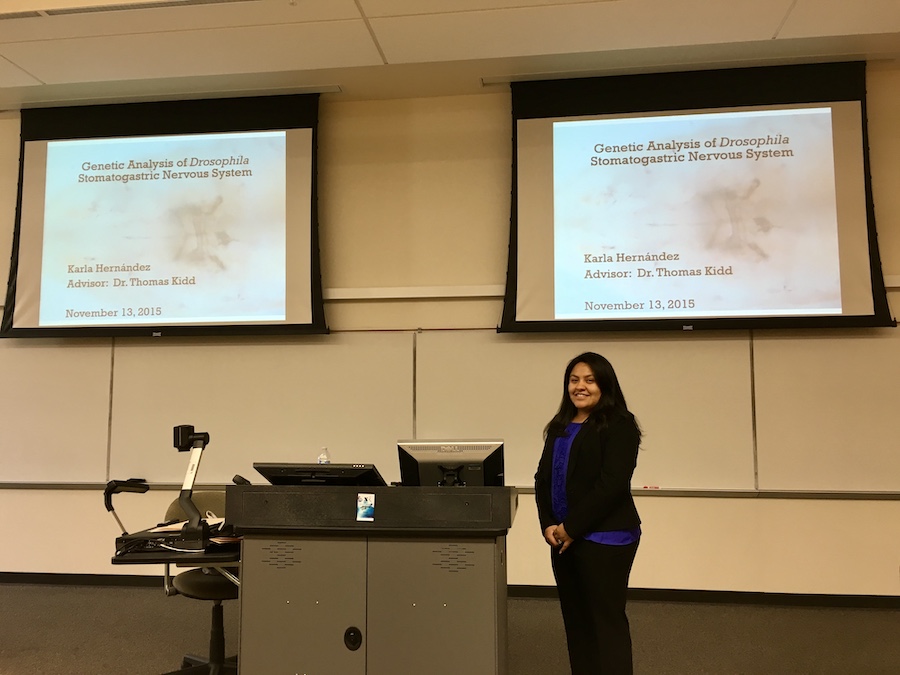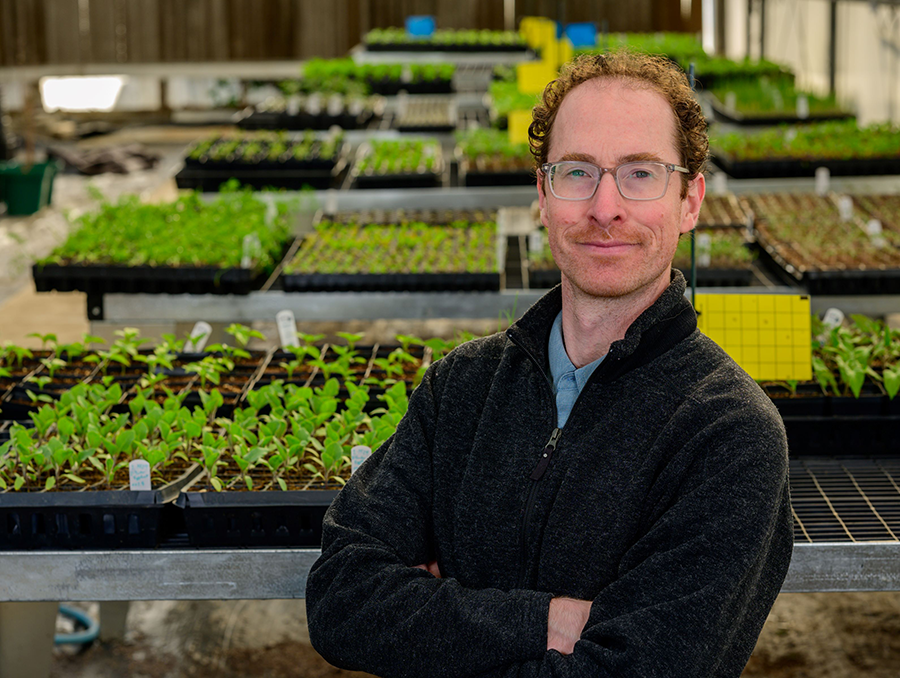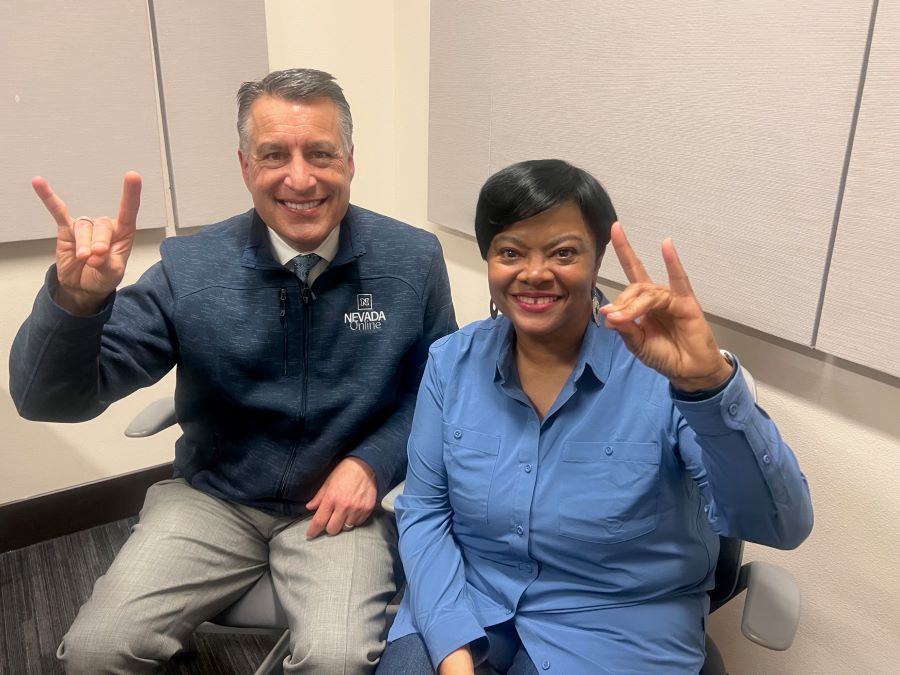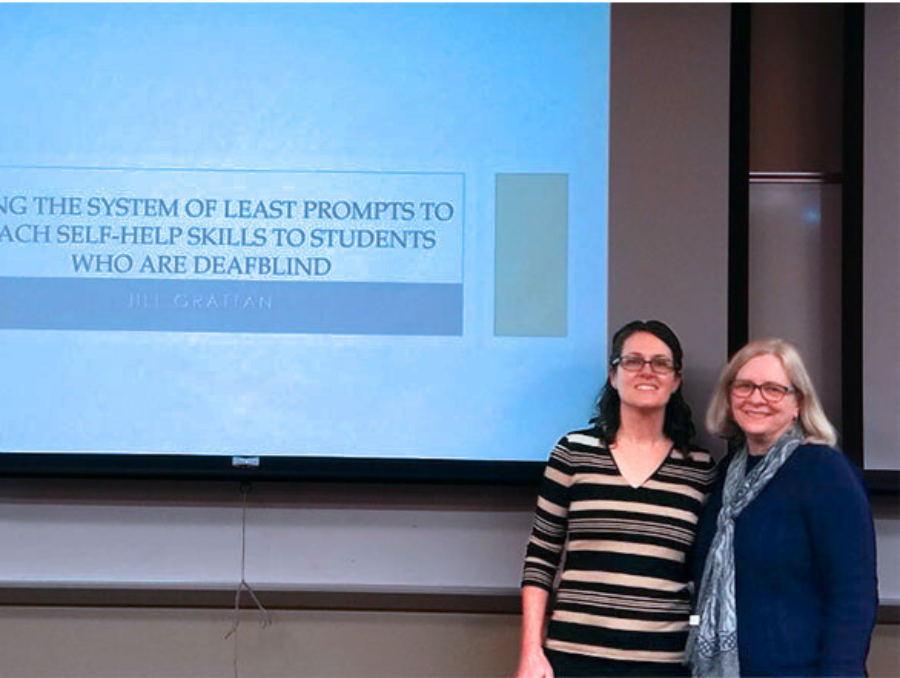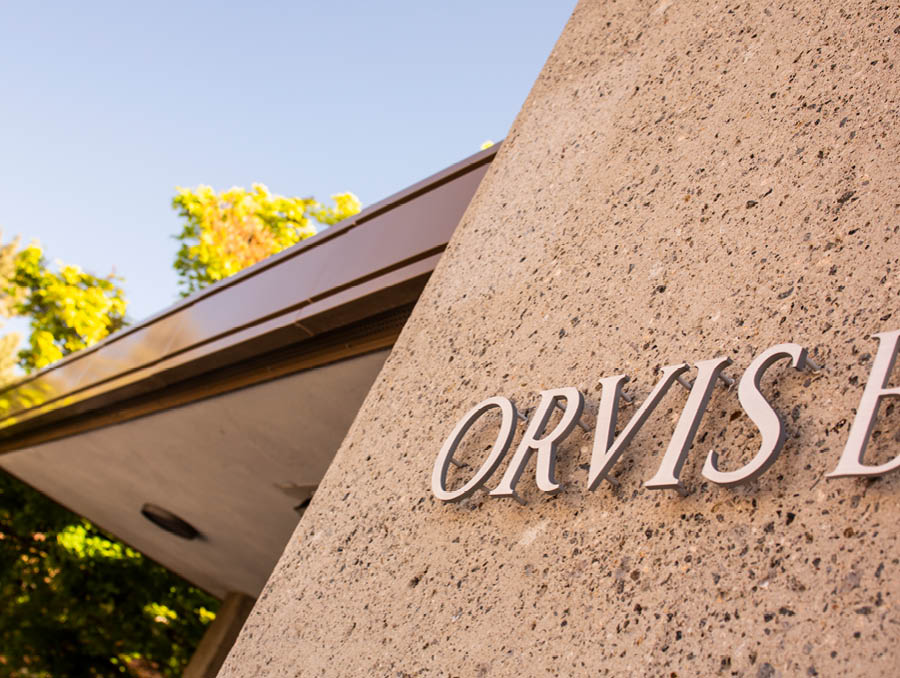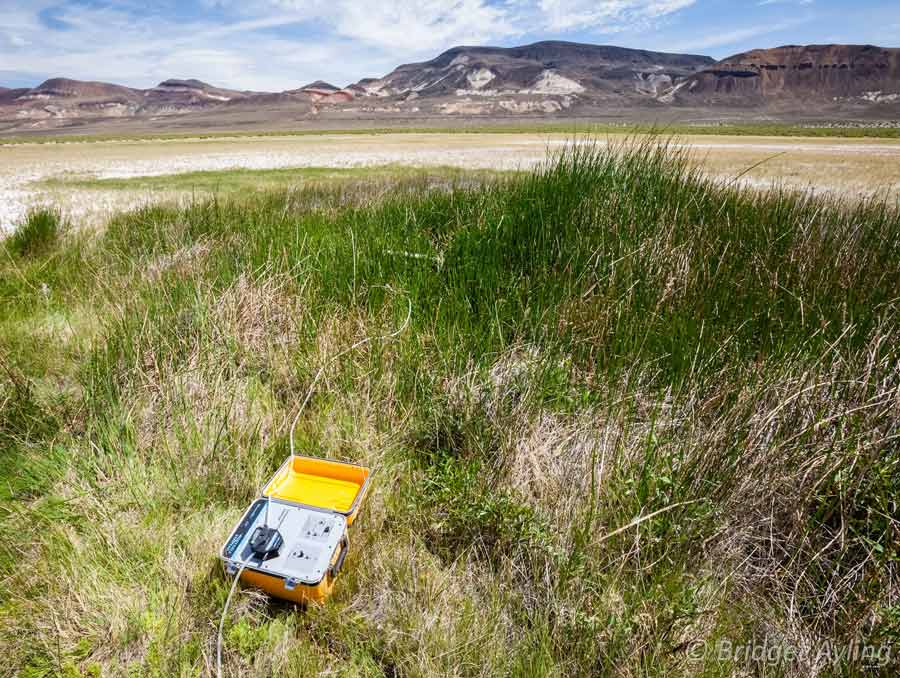Researchers at the University of Nevada, Reno have confirmed that those living near active volcanoes that are passively emitting sulfurous air pollution are at greater risk of developing acute bronchitis from exposure to volcanic air pollution.
In a three-year study of medical records from communities near Hawaii's Kilauea, Bernadette Longo, assistant professor at the University's Orvis School of Nursing; and colleague Wei Yang, professor of epidemiology and biostatistics, found that children under age 15 were most affected by the volcano. The Journal of Toxicology and Environmental Health reported the findings in its November issue.
"We found that the children living near this active volcano emitting sulfurous air pollution were about 6.5 times more likely to suffer from acute bronchitis than children living on the island, but not near the volcano," said Longo. "Middle-aged adults exposed to the volcanic air pollution had about twice the risk of the disease compared to those who did not live near the volcano."
Overall, the study found a 57 percent higher risk of acute bronchitis for those living near the volcano. Yang said that while an occasional bout with acute bronchitis usually is not a serious health threat, repeated episodes can develop into chronic bronchitis, one of the chronic obstructive pulmonary diseases, the fourth-leading cause of death in the United States.
Longo and Yang previously conducted research by interviewing residents, which led them to believe there was a higher risk of acute bronchitis for those living near the active volcano creating "vog," as locals call the fog-like volcanic haze. These new findings build on that previous research.
"This study is important because we studied actual medical records, rather than just relying on self-reporting by residents," Yang said. "These cases of acute bronchitis were diagnosed by clinicians."
Kilauea is one of about 600 active volcanoes across the globe presenting health hazards to about 600 million people. The World Health Organization identified ambient air pollution as a high priority in 2006, calling for action to assess regional air pollution and the associated health risks for exposed communities.
Closer to home, the researchers say there are three volcanoes that potentially could affect northern Nevada - Shasta, Lassen and Long Valley Caldera, near Mammoth Lakes. While they do not pose an immediate threat, the researchers say that if an eruption occurs, the resulting air pollution could affect the local population in those areas and then drift into northern Nevada.
At Kilauea, where the volcano has been passively emitting vog for about 25 years, the situation has worsened. During the study, January 2004 to December 2006, there was just one vent emitting air pollution, located on the volcano's east rift. In March this year, a new vent opened up at the summit, doubling emissions.
"It was already emitting over 1,000 tons a day - 100 times the amount deemed to be a major pollutant source by the Environmental Protection Agency," said Longo.
Longo said that, with this kind of information, residents living near active volcanoes can take necessary precautions, such as staying indoors during high pollution events and wearing masks when there is an ashfall outdoors. In addition, officials can design or adapt buildings near erupting volcanoes to filter out more of the volcanic air pollution. This summer, Longo and Yang began studying how much of the vog was penetrating indoors, and the U.S. Centers for Disease Control joined the effort in August.
Most importantly, Longo said, "By having this information, clinicians can be aware of the risk, screen their patients, and provide earlier care if there is disease present. Ultimately, we want to see our research result in a better understanding of the health impact and public health interventions developed for these vulnerable populations."




